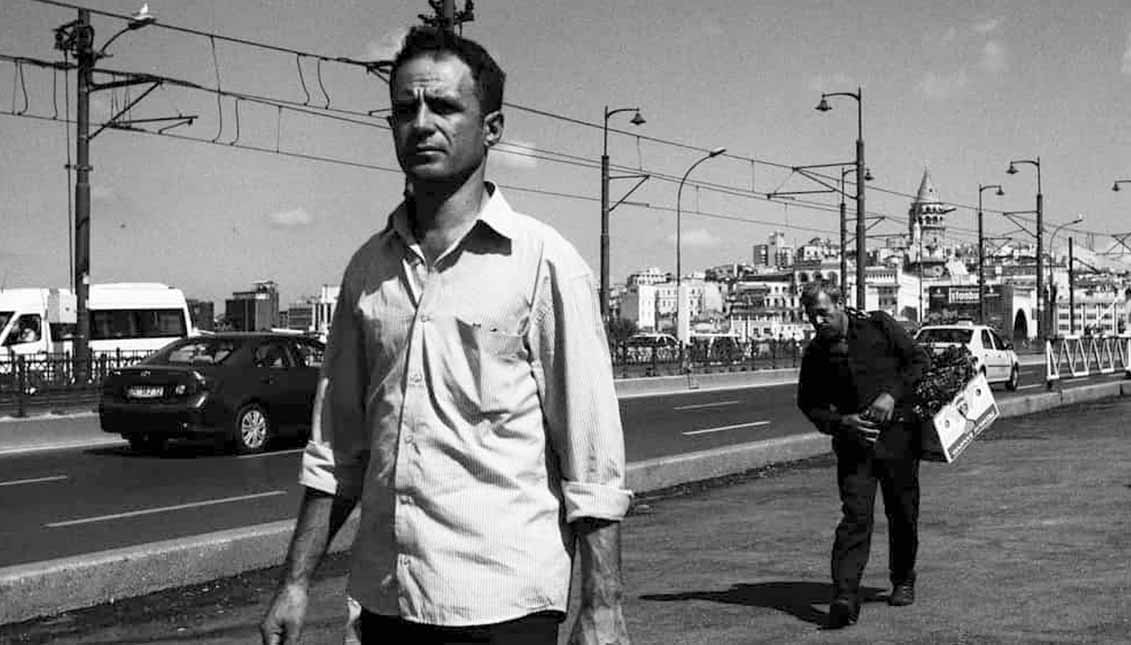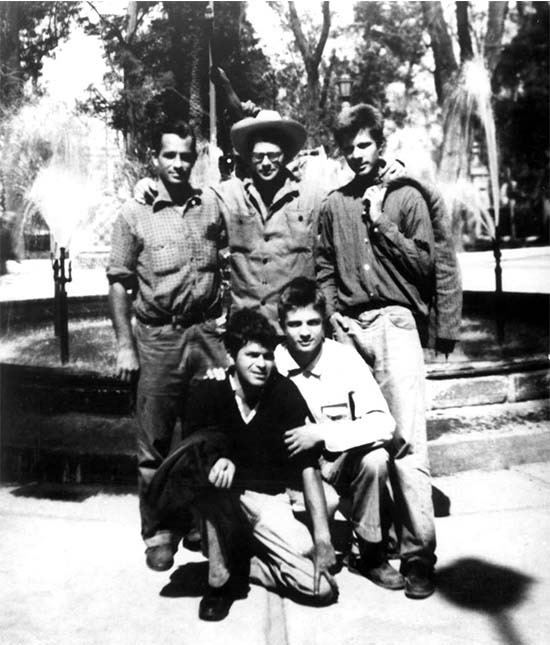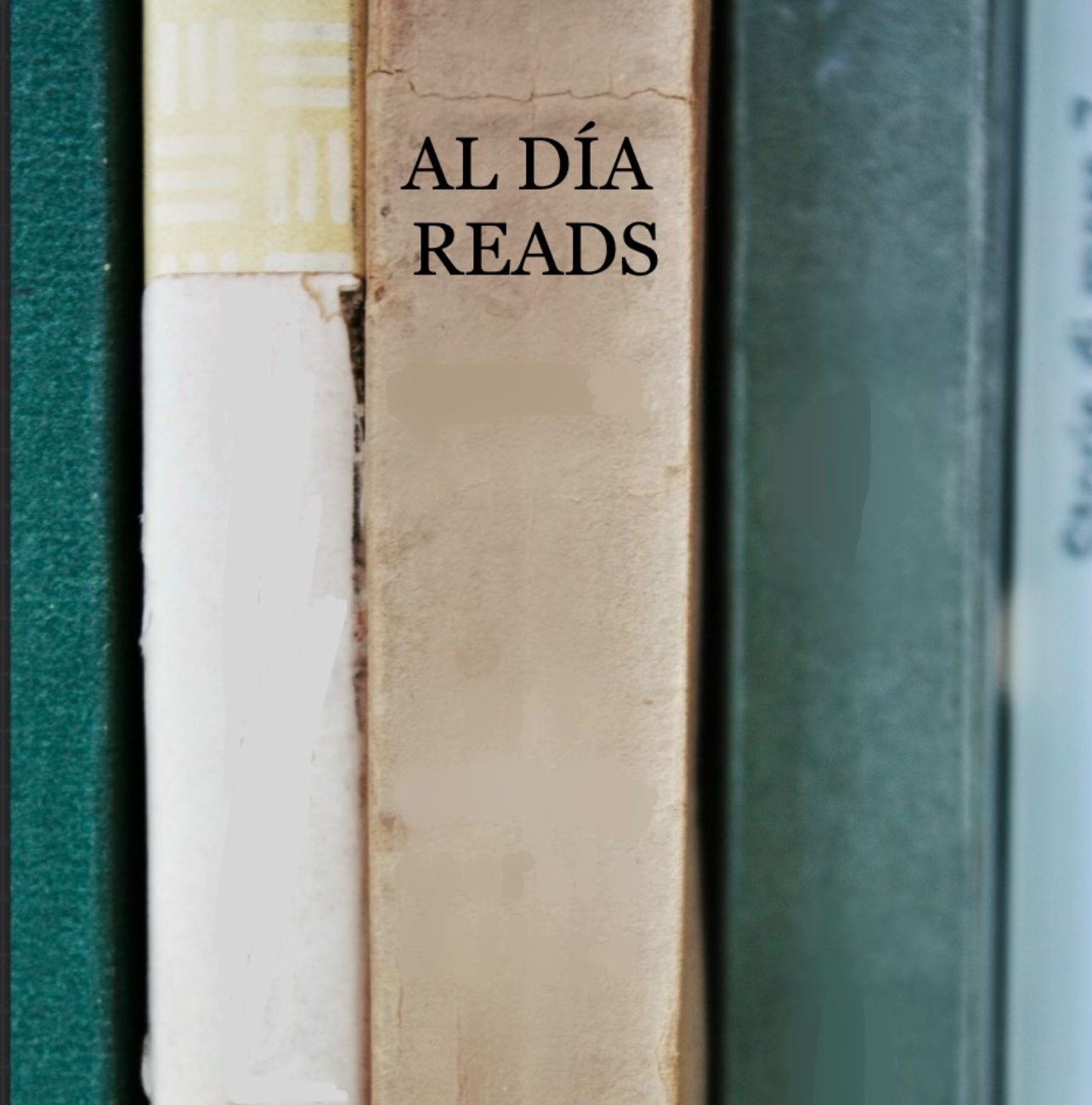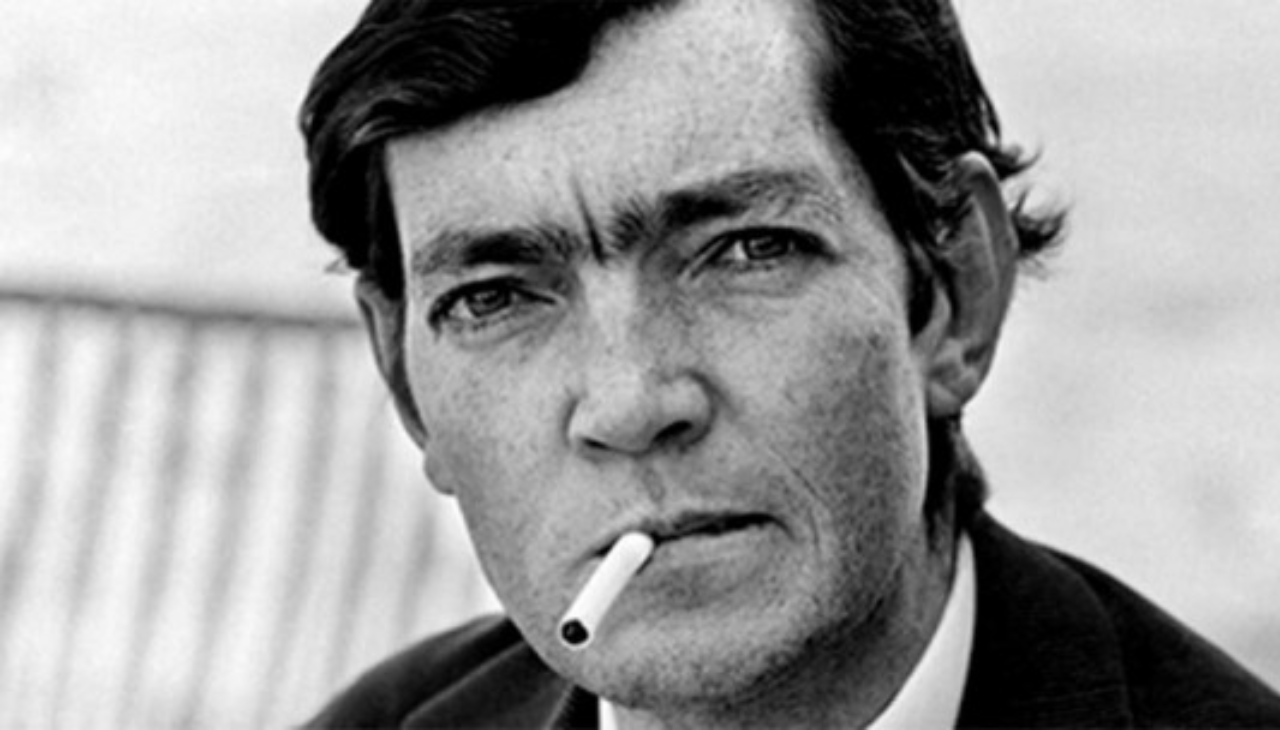
Jack Kerouac, the “poet of jazz” who found Nirvana in Mexico
It is the 50th anniversary of the writer’s death, a traveler and a beat rebel who crossing the border was a hallucinated path to a lost paradise for. What was…
He called Mexico “The Pure Land;" he even invented a name for those peasants whose legs were deep roots to the past: a “Fellaheen” (innocent), he wrote, life’s feeling.
When Jack Kerouac arrived in Mexico, in 1955, he was following in the footsteps of his friend William Burroughs, who, in turn, looked for something slightly different: a place where getting high would be cheaper and easier.
However, what the writer from Massachusetts found was a piece of himself.
Burroughs had insisted Kerouac on his letters to join his opioid adventure, so Jack traveled to Mexico for the first time crossing the West Coast to the Pacific in a very long and exhausting journey.
For him, it was a kind of dimensional portal to a pure, wild and ancestral land, very opposite to the United States of the post-war era, which he rejected because of its anti-communism politics and its paranoid search of the enemy.

After many visits, Kerouac decided to stay in Mexico DF. He lived in a muddy apartment, on the rooftop of a poor building in the “Colonia Roma”; there wasn’t any water or light, except for a candle that the writer used for meditating.
It was there where the beat icon wrote his best poem, “Mexico City Blues”(1959), where gathers together in a book 242 chorus similar to western haikus.
"America I've given you all and now I'm nothing,"
He wrote on the 113 Chorus, where he told about his feelings of failure after his first novels had gone unnoticed.
But also he expressed his rejection and hatred on the U.S. “establishment” of the Cold War era.
He claims:
“Man—
Yet everything is perfect,
Because it's not even happening.”
Crossing the Mexican border, going through the Arizona desert and reaching the neighboring country, was the most inspiring and even essential experience, not only for Kerouac but for all the Beat Generation. It defined their work and their literary aesthetics as nomad writers.
They turned Mexico into a legendary and dreamy place for throngs of hippies who moved there after having read their books about iconic beaches, kind citizens and drugs everywhere.

Jack Kerouac, in fact, wrote that arriving in the “pure Mexican Land” was like leaving a church on Sunday, taking off the formal suit and put on an overall.
RELATED CONTENT
Even love was more intense in the country...
In “Tristessa”(1956), the novel he wrote in Mexico, he tells his love relationship to a Mexican prostitute, who was addicted to morphine and devoted the Holy Death.
Ironically, her name was “Esperanza” (Hope):
“It starts raining harder, I've got a long way to go walking and pushing that sore leg right along in the gathering rain, no chance no intention whatever of hailing a cab, the whiskey and the Morphine have made me unruffled by the sickness of the poison in my heart.”
― Jack Kerouac, "Tristessa"
Apparently, he wasn’t the only beat writer who depicted Mexico like a lost paradise, but he wrote about it more than any other. Places such as Jalisco, Zacatecas or Sinaloa are described in many letters and novels like “On the road” or “Lonesome Traveler”.
However, their time in Mexico time wasn’t a pink “Macondo," it was tragic as well: Neal Cassedy, who was the Beat Generation's soul, died in Guanajuato in strange circumstances- and William Burroughs ended in prison after having accidentally shot his wife.
Kerouac, instead, became disenchanted as he began to see the Mexican underworld with its prostitutes, drugs, and profound poverty.
He then came back to the U.S. to take care of his ill mother, later moving with his third wife, Stella.
Several years later, the 21st October of 1969, he died in Florida due to liver cirrhosis. He was buried in Lowell, Massachusets, the city where he was born.
Nine days before dying, Kerouac said to a journalist that he was about writing a book about the last ten years of his life
“Man –
Got up and dressed up
and went out & got laid
Then died and got buried
in a coffin in the grave"
Chorus 113, 'Mexico City Blues'











LEAVE A COMMENT:
Join the discussion! Leave a comment.